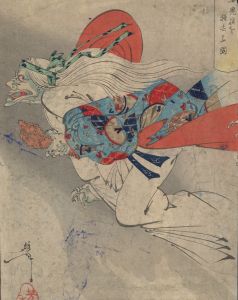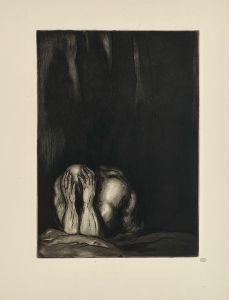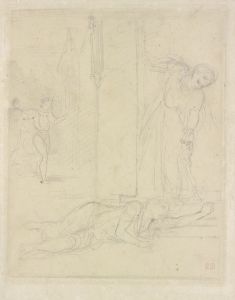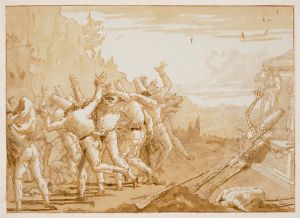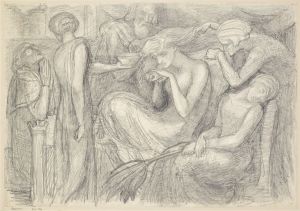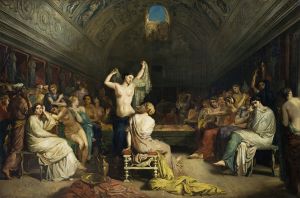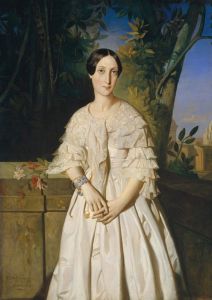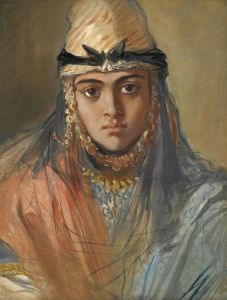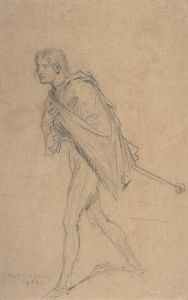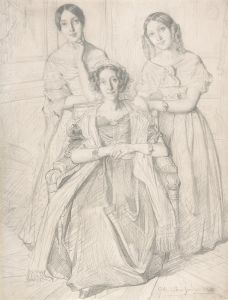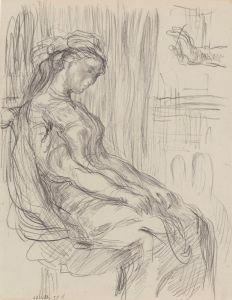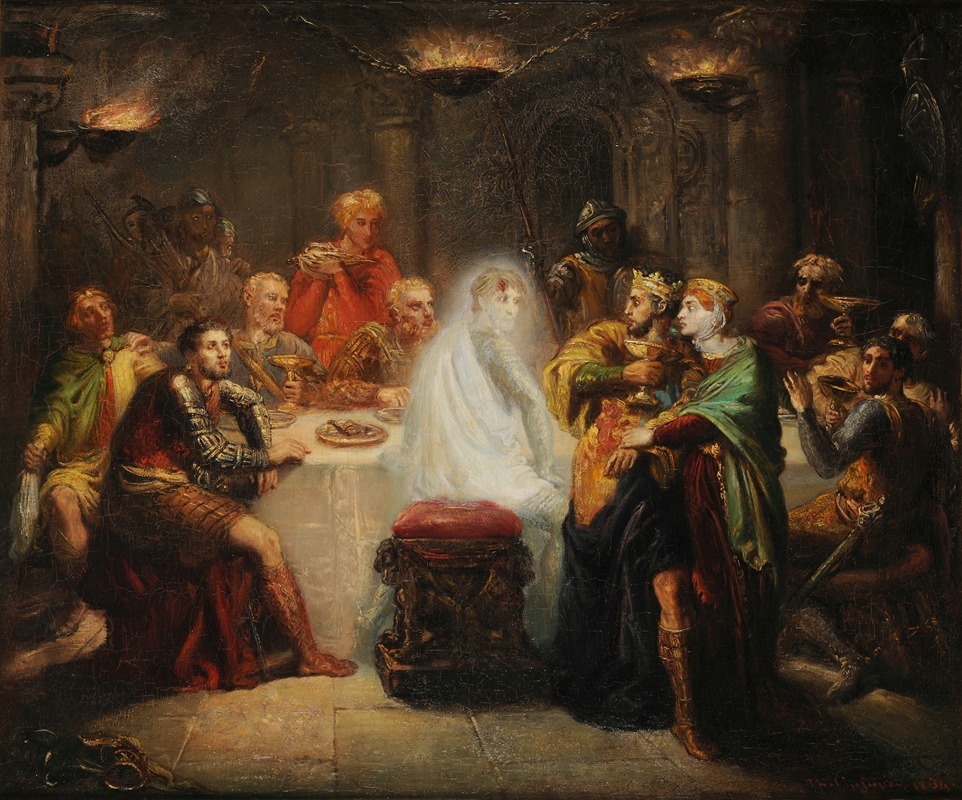
Le spectre de Banquo
A hand-painted replica of Théodore Chassériau’s masterpiece Le spectre de Banquo, meticulously crafted by professional artists to capture the true essence of the original. Each piece is created with museum-quality canvas and rare mineral pigments, carefully painted by experienced artists with delicate brushstrokes and rich, layered colors to perfectly recreate the texture of the original artwork. Unlike machine-printed reproductions, this hand-painted version brings the painting to life, infused with the artist’s emotions and skill in every stroke. Whether for personal collection or home decoration, it instantly elevates the artistic atmosphere of any space.
Théodore Chassériau's painting "Le spectre de Banquo" is a notable work in the oeuvre of the 19th-century French Romantic artist. Chassériau, born in 1819 in the French colony of Santo Domingo (now the Dominican Republic), was a prodigious talent who studied under the renowned painter Jean-Auguste-Dominique Ingres. His work is characterized by a unique blend of Romanticism and Neoclassicism, and he is known for his portraits, historical scenes, and depictions of exotic subjects.
"Le spectre de Banquo" is inspired by William Shakespeare's tragedy "Macbeth," specifically the scene in which the ghost of Banquo appears at a banquet, haunting Macbeth. This scene is pivotal in the play, symbolizing Macbeth's guilt and the unraveling of his sanity following his murderous ascent to power. Chassériau's interpretation of this moment captures the dramatic tension and supernatural elements that are central to the play.
The painting is executed with Chassériau's characteristic attention to detail and dramatic use of light and shadow. The spectral figure of Banquo is depicted with an ethereal quality, contrasting with the more corporeal figures of Macbeth and the other banquet attendees. This contrast highlights the ghostly nature of Banquo's presence and underscores the psychological turmoil experienced by Macbeth. Chassériau's use of color and composition serves to enhance the emotional impact of the scene, drawing the viewer into the narrative.
Chassériau's work often reflects his interest in literature and theater, and "Le spectre de Banquo" is a testament to his ability to translate literary themes into visual art. The painting demonstrates his skill in capturing complex emotional states and his ability to convey narrative through imagery. It is a fine example of how 19th-century artists engaged with literary sources, using them as inspiration for exploring themes of human emotion and moral conflict.
Throughout his career, Chassériau was influenced by a variety of artistic movements and mentors. His early training under Ingres instilled in him a strong foundation in classical techniques, while his later exposure to the works of Eugène Delacroix introduced him to the vibrant color palette and dynamic compositions of Romanticism. Chassériau's ability to synthesize these influences is evident in "Le spectre de Banquo," where the precision of his draftsmanship is matched by the emotional intensity of his subject matter.
"Le spectre de Banquo" is part of Chassériau's broader exploration of themes related to power, guilt, and the supernatural. These themes recur in many of his works, reflecting the broader Romantic fascination with the darker aspects of human experience. Chassériau's interest in such themes can be seen as part of a larger cultural movement during the 19th century, where artists and writers sought to explore the complexities of the human psyche and the consequences of ambition and moral transgression.
Today, Théodore Chassériau is recognized as an important figure in 19th-century French art, and his works continue to be studied for their technical mastery and emotional depth. "Le spectre de Banquo" remains a significant piece within his body of work, illustrating his ability to engage with literary themes and his skill in creating compelling visual narratives. The painting is a testament to Chassériau's artistic vision and his contribution to the Romantic movement in art.





